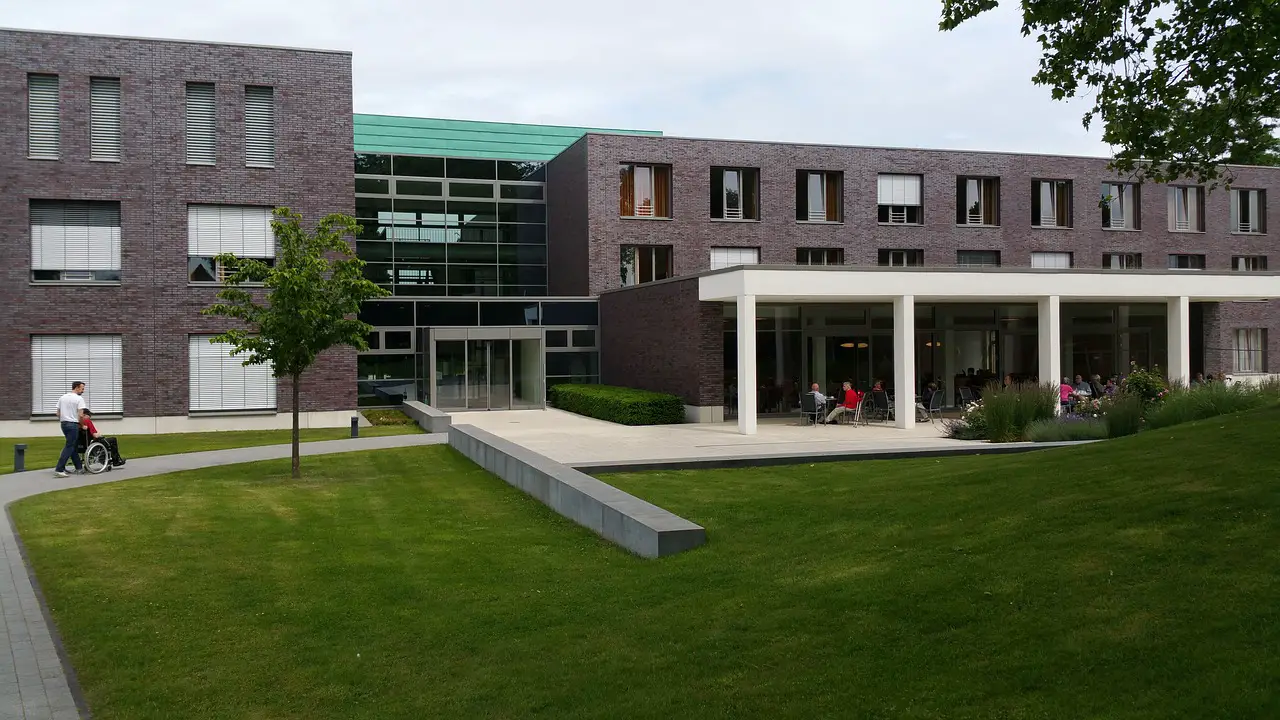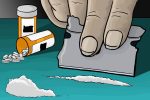One of the most crowded states in the United States is California. It has plenty of transportation hubs and drugs flow in and out of the the state with great regularity. Many laws have been enacted over the years to hold back the import of narcotics into California, bear down on their distribution and lower drug abuse and — hopefully, as a result of all this — drug-related crimes.
Laws related to drug possession often do not align with the actual problem, which is usually about drug abuse and real addiction. Penalties for drug-involved crimes in California among students vary from fines to jail time.
In case you or a close friend suffer from any kind of addiction, there are many options for treatment depending on how severe the problem is. One of them is a rehabilitation center in California that aims to get people into different kinds of programs and provide rehabilitation instead of leaving you stuck with criminal charges. The California Health Care Foundation (CHCF) publishes that around 8% of California residents fight addiction. The situation of drug abuse, addiction and legal backwash is continuously changing, so it is essential to keep up with the latest updates.
California’s Drug Diversion Program
If you’re charged with possession, there are cases where you could be involved in a “drug diversion” program. It is a simple treatment for drug use instead of going to jail. Due to the rules of this drug diversion program, your charges will be dismissed if you successfully complete treatment.
What is important is that you may be eligible for this drug program if this is your first offense and you are not charged with any more serious drug crimes, such as possession with an intent to sell.
If you are eligible for the drug diversion program, there are some more details that you might not find pleasant. First of all, the court must choose the best rehab in California where you get treatment, and the drug diversion program may last a year or more. Secondly, you will have to be drug tested while you are in the program. And probably the main problem is that you will also have to pay a part of the sum for the drug rehabilitation program, as determined by the court.
Drug Charges in California
You can be charged with drug possession in California if you have a controlled substance in a pocket (purse, bag whatever) or have it under your control (in your car, in your house, a school locker or elsewhere in your possession).
No doubts that if you have a legitimate medical prescription for the drug, you will not be charged with possession. On Jan. 1, 2018, California legalized the use of marijuana for recreational purposes. Before this, its use was possible only for medical treatment. So you also will not be charged for marijuana possession in California if your actions are under the rules of the Adult Use of Marijuana Act.
Selling cannabis is permitted for people over the age of 21. You can grow up to six cannabis inflorescences and possess up to one ounce (a little less than 30 grams) of this psychoactive drug. Retail stores must also pass a series of checks to sell marijuana — only about 90 companies succeeded to obtain the appropriate license.
Drug Abuse Among Students
Though there are strict rules regarding drug use in California, the drug situation among students also leaves much to be desired. Approximately 5% of them have experience in drug dealing or are active drug dealers. Almost 50% of students tried marijuana, and 88% were present during its use.
Part of the problem is that students don’t just use drugs for entertainment. Research shows that students use drugs to improve concentration, especially during exams. Elevated stress levels and anxiety may also be the cause of the recent trend in increasing consumption of benzodiazepines, especially Xanax.
Some use drugs to fit into their peer group. “Healthy students are finding it harder to find friends within a university,” says John Lanville, a California sociologist. “Drug use is becoming fashionable among youth again. The same situation was observed in the 70s.”
University policies should be aimed not only at condemning drug use but also at reducing harm. Students are often put in a vulnerable financial and emotional state. And the duty of universities is to help students and support them, especially if there are signs that rehabilitation is needed.
The drug abuse problem occurs because it is challenging for addicted students to afford treatment in rehabs in California — the rehabilitation costs a lot of money, and the vast majority of them do not even have health insurance. But there are many facilities that are a decent option for such situations.
Top 3 Best Rehab Centers in California
California Health Care Foundation (CHCF)
This group offers help individuals, particularly low-income California residents, to get necessary health care options. Because all Californians may experience health problems and face the physical barriers to care, their priority is to make sure they can get the care they need. There are working to provide the best treatment for Californians who experience mental illness, drug or alcohol addiction or other complex health conditions.
Salvation Army Golden State Division
The Salvation Army offers clinical treatment and rehabilitation for men and women fighting substance abuse and drug addiction. Their programs are created to restore a patient’s confidence to battle addiction and work out self-esteem through therapy, counseling and recreation. People who are rehabilitated usually become healthy and strong enough to be reunited with families, and come back to society as full-fledged members. These treatment facilities are provided for Central Coast, San Francisco and Central Valley residents.
California Hispanic Commission on Alcohol and Drug Abuse (CHCADA)
This group provides outpatient drug rehab services for Hispanic California residents. CHCADA was grounded to provide bicultural, bilingual and monolingual services that will help low–income Latinos in California and throughout the United States. Additionally, CHCADA also serves as a mediator between low-income Latinos and the public and private organizations who offer different support services. CHCADA provides many residential treatment programs. One of them, Latinas Transition Home, is a six-bed residential facility for women located in Los Angeles.
The rehabilitation for drug addicts aims to restore the patient’s identity so that he can completely get rid of addictive behavior and start a new life. The first stage is required for detoxification and the instant work of psychologists, social workers and consultants that may help addicts to get through the hardest periods at the beginning of rehabilitation. The second stage is the application of acquired knowledge in real life after leaving the rehabilitation center. The patient needs support in outpatient psychological care groups, as well as assistance in finding a job. It is crucial that the patient believes in his strength and assesses the emerging problems as being solvable and not unique.
















